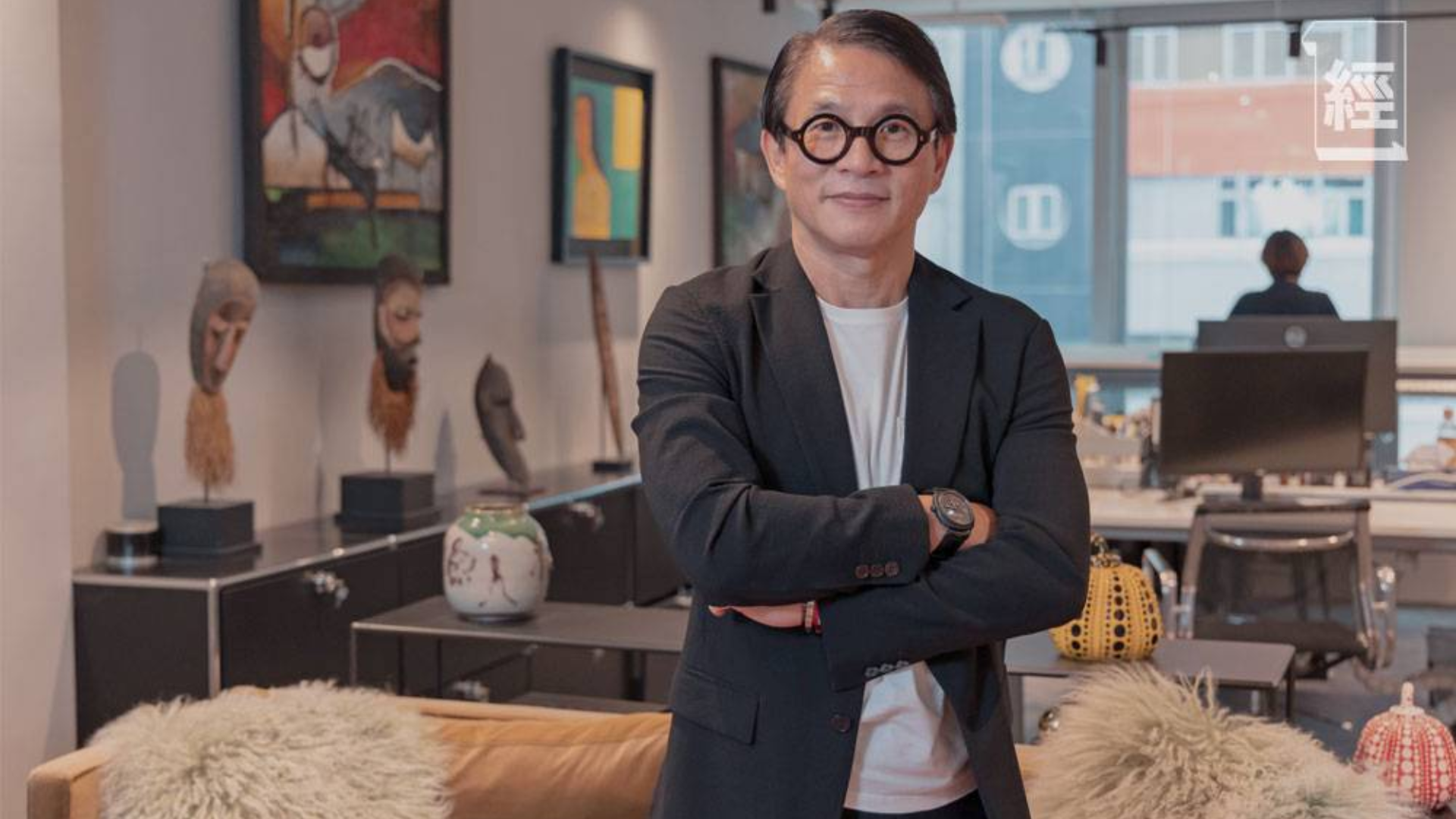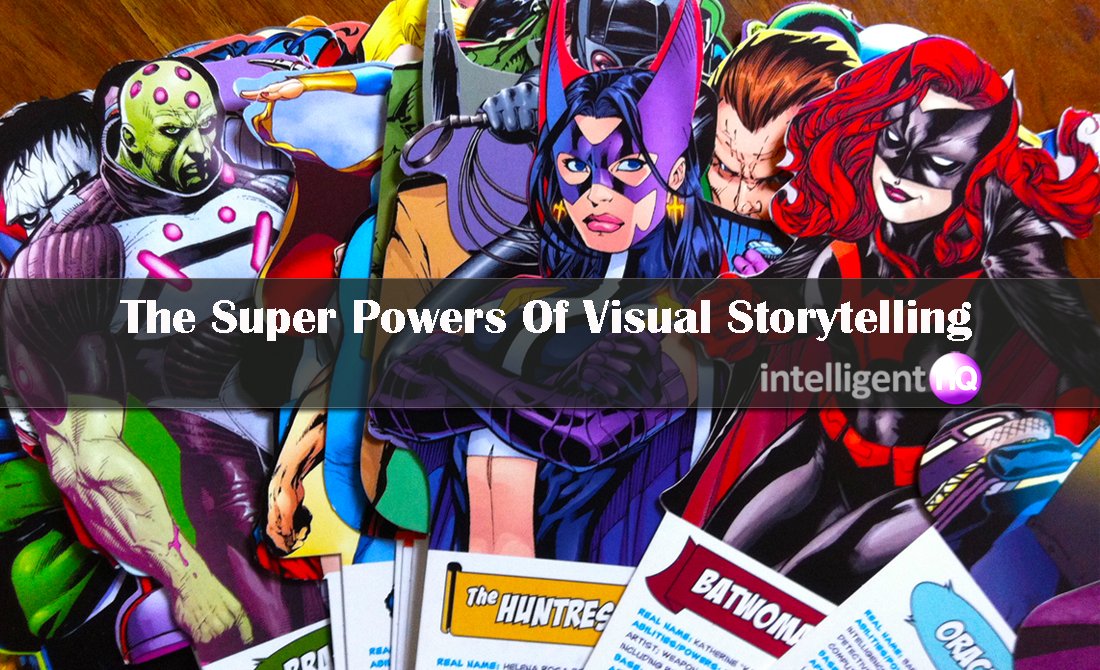With advancements in rendering techniques, artificial intelligence, and motion capture, metahumans have reached an unprecedented level of realism and believability. What innovations and advancements are going to shape this technological frontier?

The concept of metahumans has been known since the time of DC Comics. Back then, they defined them as a human endowed with extraordinary superpowers. It encompasses a diverse range of human-like beings possessing extraordinary abilities derived from various sources, be it cosmic forces, mutations, scientific advancements, mystical powers, exceptional skills, or advanced technology. This flexible definition allows the concept of metahumans to embrace a vast array of extraordinary individuals, enriching the DC Universe with its endless possibilities.
The modern-day technology actually realises these fictional characters and brings them to life. Powered by cutting-edge technologies like generative adversarial networks (GANs), motion capture, and artificial intelligence (AI), metahumans possess an unprecedented level of realism and believability.
Technology-powered metahumans
Metahumans represent a significant leap forward in the field of computer-generated imagery (CGI). Powered by advanced rendering techniques and AI-driven algorithms, these digital beings are meticulously crafted to replicate the complexity of human appearance and behaviour. Through the synthesis of realistic facial expressions, nuanced movements, and even the subtleties of emotions, metahumans possess an uncanny ability to immerse viewers in virtual worlds, giving rise to a new era of storytelling and digital experiences.
One example is Siren, a computer-generated character showcased by Epic Games, the creators of the popular Unreal Engine. Siren exhibits an unprecedented level of realism, with intricately detailed facial features, lifelike expressions, and fluid animations.
Real-time applications of metahumans: From Artist to Virtual Influencers
In the near future, metahumans will play different roles, linked, in most cases, to marketing, creative and commercial purposes. Digitally rendered personas, or the virtual influencers, exist solely in the digital space. These virtual influencers have garnered significant online followings and have been employed by brands for marketing campaigns and collaborations.
MonoC is Hong Kong’s first surrealist metahuman artist. Known for her fascinating data-led generative art, she is a well-travelled art gallery co-owner in her early 30s, and a Eurasian who calls Hong Kong and Shanghai home.
According to its creator, Aaron Lau, Co-Founder and CEO of Gusto Collective, Asia’s first BrandTech group, delivering best-in-class storytelling and immersive experiences:
“MonoC has an impressive body of work as an artist – human or metahuman – very early on in her artistic journey. This promising beginning will resonate with collectors looking to capitalise on the growing trend for digital art.”

Since a spread in Elle Magazine in October 2021 launched her career as a virtual artist and key opinion leader, she has collaborated with auction house Phillips, creating an algorithmically produced art piece in February 2022 called “Drowning in Love” that fetched HK$189,000 at auction.
With their ability to engage audiences and convey brand messages, virtual influencers showcase the potential for metahumans to reshape the dynamics of influencer marketing and brand representation.
However, the potentials of metahumans exist far beyond the existing boundaries. Industries such as healthcare, customer service, and education can leverage metahuman technology to enhance communication, personalise experiences, and facilitate more immersive interactions.
Virtual doctors or tutors with metahuman qualities could offer personalised assistance and support, bridging gaps in access to specialized expertise. Metahumans could serve as virtual companions, providing emotional support and companionship to individuals in need.
Social and ethical aspects of metahuman technology
As metahumans become almost indistinguishable from real humans, concerns regarding consent and privacy come to the forefront. Moreover, the potential for misrepresentation and manipulation through metahumans raises significant concerns. The ability to create incredibly realistic virtual beings opens the door to deceptive practices and malicious intent.
Society must be proactive in addressing these risks by establishing guidelines and regulations to prevent the misuse of metahuman technology. It is crucial to foster transparent and accountable practices in the development and deployment of metahumans to mitigate the potential for harm and protect individuals from exploitation.
Engaging in thoughtful discussions and involving experts, policymakers, and the public is essential to establish ethical frameworks and guidelines for the responsible use of metahumans.
“Misuse should never be a barrier for us to be able to discover what we can do with tech. Just because it can be misused doesn’t necessarily mean we shouldn’t be curious about how we can use it. We need to be having a good conversation about potential misuse of Generative AI, for instance, because it is good to establish a consensus on what guards could be put in place. And then we establish protocols to help them put in place”, says cybersecurity expert at Toptal, Michael Figueroa.
Metahumans: The future of Digital Humanity
The emergence of metahumans signifies a significant milestone in the trajectory of our technological advancement. With the proliferation of computer-generated digital beings, we stand at the cusp of a paradigm shift in how we interact with virtual realms and integrate technology into our lives.
It is crucial to approach this new frontier with a commitment to responsible innovation. By adhering to ethical principles and ensuring transparency, we can harness the transformative capabilities of metahumans while preserving the rights and welfare of individuals.

Hernaldo Turrillo is a writer and author specialised in innovation, AI, DLT, SMEs, trading, investing and new trends in technology and business. He has been working for ztudium group since 2017. He is the editor of openbusinesscouncil.org, tradersdna.com, hedgethink.com, and writes regularly for intelligenthq.com, socialmediacouncil.eu. Hernaldo was born in Spain and finally settled in London, United Kingdom, after a few years of personal growth. Hernaldo finished his Journalism bachelor degree in the University of Seville, Spain, and began working as reporter in the newspaper, Europa Sur, writing about Politics and Society. He also worked as community manager and marketing advisor in Los Barrios, Spain. Innovation, technology, politics and economy are his main interests, with special focus on new trends and ethical projects. He enjoys finding himself getting lost in words, explaining what he understands from the world and helping others. Besides a journalist, he is also a thinker and proactive in digital transformation strategies. Knowledge and ideas have no limits.



























